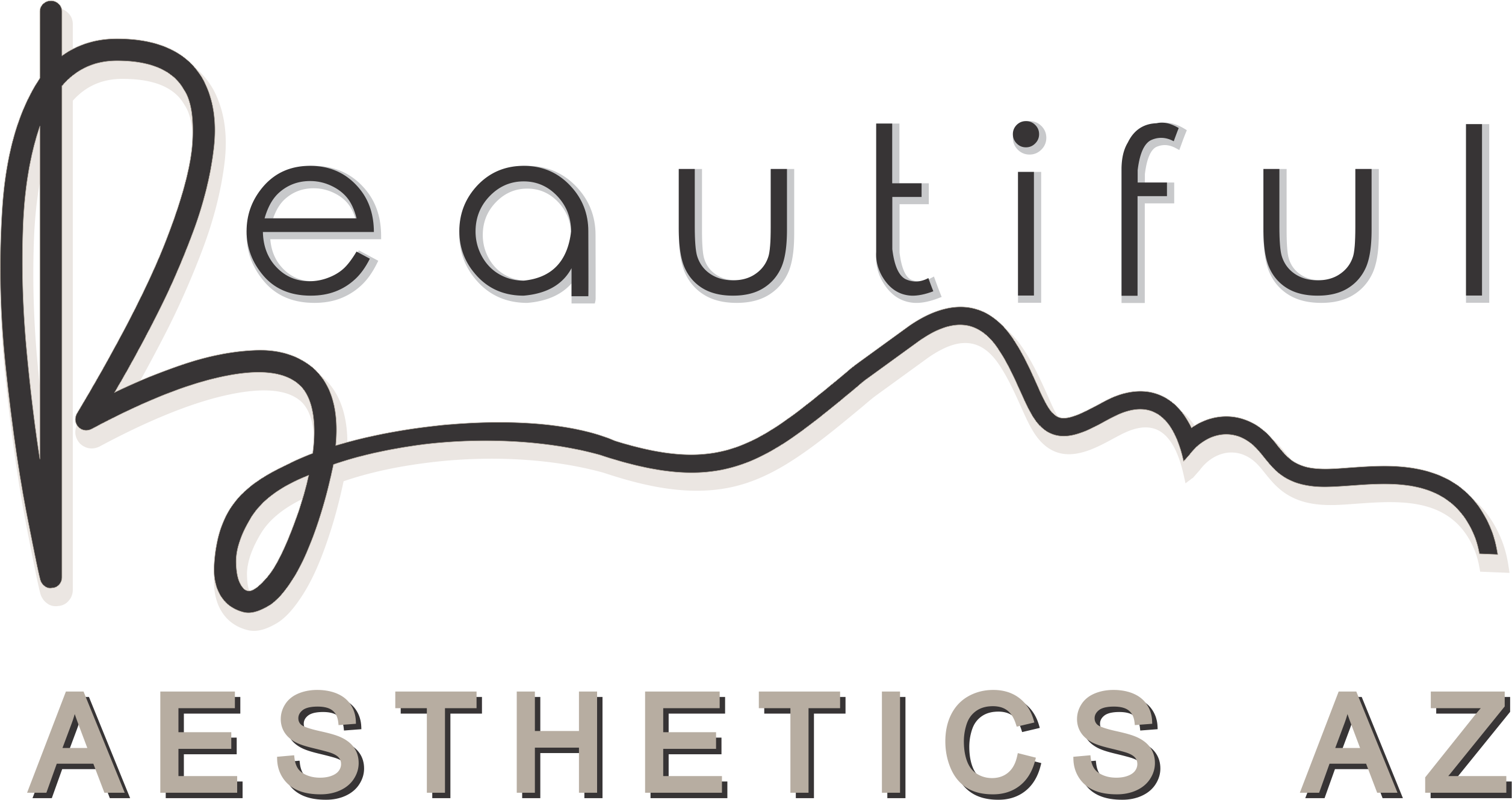The Ultimate Guide to Chemical Peels: Types, Benefits, Risks & Results
- Beautiful Aesthetics AZ

- Sep 26
- 2 min read
What Is a Chemical Peel?
A chemical peel is a cosmetic skin treatment where a chemical solution is applied to exfoliate and remove damaged skin layers. Once the outer layer peels away, it reveals smoother, brighter, and younger-looking skin underneath.
Dermatologists recommend chemical peels for improving fine lines, acne scars, sun damage, and pigmentation issues (Cleveland Clinic, Mayo Clinic).
Types of Chemical Peels
Choosing the right peel depends on your skin type, concern, and downtime tolerance.
1. Superficial (Light) Peels
Use alpha hydroxy acids (AHAs) like glycolic or lactic acid.
Best for: dullness, mild acne, fine lines, uneven texture.
Downtime: minimal (redness/peeling for 1–3 days).
2. Medium Peels
Typically use trichloroacetic acid (TCA) or higher concentrations of glycolic acid.
Best for: moderate wrinkles, acne scars, and pigmentation.
Downtime: 7–14 days with noticeable peeling and redness.
3. Deep Peels
Use phenol or high-strength TCA.
Best for: deep wrinkles, severe sun damage, precancerous growths.
Downtime: weeks to months, with close medical supervision.
Skin Concerns Chemical Peels Treat
Chemical peels are versatile and effective for multiple skin concerns:
Acne & acne scars
Hyperpigmentation, melasma & dark spots
Fine lines & wrinkles
Sun damage & uneven tone
Rough, dull skin texture
Precancerous skin lesions (actinic keratosis)
Benefits of Chemical Peels
Brighter, rejuvenated skin tone
Reduction of acne scars and dark spots
Fewer fine lines and wrinkles
Stimulates collagen production for long-term results
Safe option for many skin types when done professionally
Risks & Side Effects
Like all cosmetic treatments, chemical peels have potential side effects:
Redness and swelling
Temporary skin darkening or lightening
Scarring (rare, but possible with medium/deep peels)
Cold sore reactivation (antiviral may be prescribed)
Heart/kidney risks with phenol deep peels (monitored by doctors)
Chemical Peel Procedure: What to Expect
Consultation – A dermatologist evaluates your skin and recommends the right peel.
Treatment – The skin is cleansed, the peel solution applied, and neutralized after a set time.
Recovery –
Light peels: mild redness, recovery in days.
Medium peels: redness, crusting, 1–2 weeks downtime.
Deep peels: swelling, longer healing, strict aftercare.
Cost of Chemical Peels
Light peels: $150–$300 per session
Medium peels: $600–$1,000
Deep peels: $2,500–$6,000
(Average U.S. cost: $673)





Comments